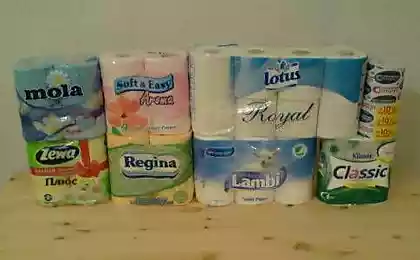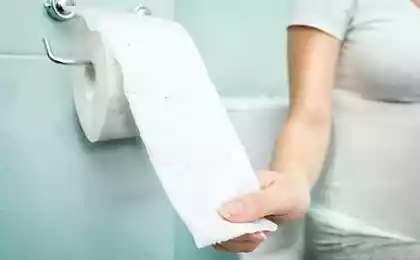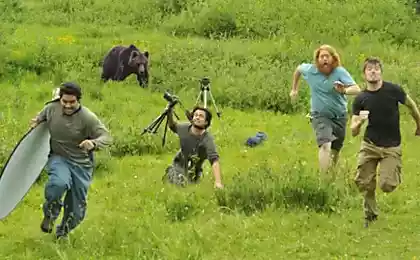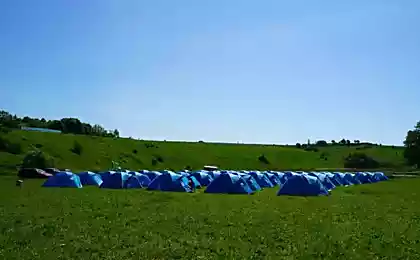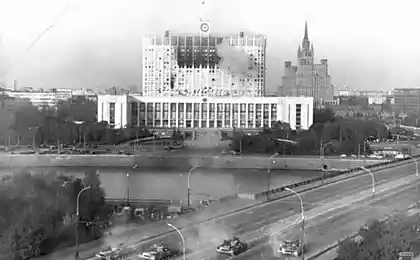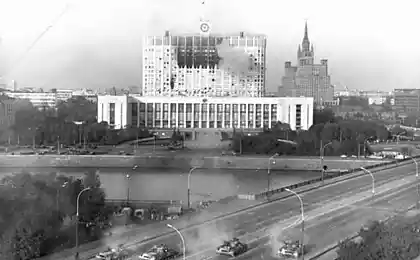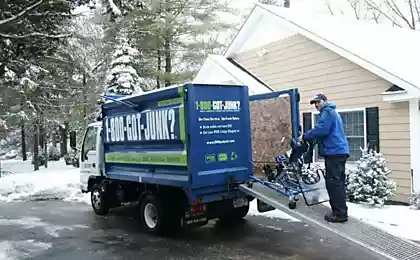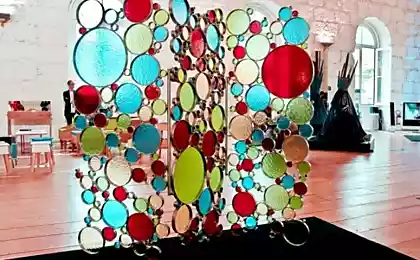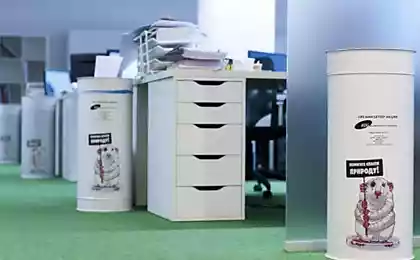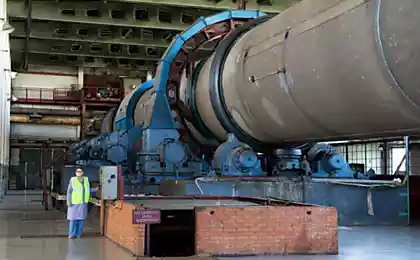551
The wood of paper
We used to think that the tree is paper source, and not Vice versa. But what if the usual model flip? It is quite successfully managed young Dutch designer Mickey Meyer (Mieke Meijer). Its stylish furnishings, made from Newspapers, were exhibited in Ventura Lambrate at Milan design week and attracted great interest of the green audience.
In the twentieth century, Newspapers gradually began to evolve because of the emergence of radio (in the 1920s) and television (1950-ies). And with the invention of the Internet, where left a significant portion of the ads, the Newspapers moved to a tabloid format. Smaller pages are easier to read, and paper consumption has decreased. To date, however, its production remains one of one of the most "insatiable" fighters of forests, and the role of the daily press in this process cannot be underestimated. Even today, Western Africa, Madagascar and South Asia have lost around 90% of their coastal tropical forest. In South America this figure reached 40%, and environmentalists warn that with such a rate of deforestation of humid forests of the tropics will disappear in less than 100 years.

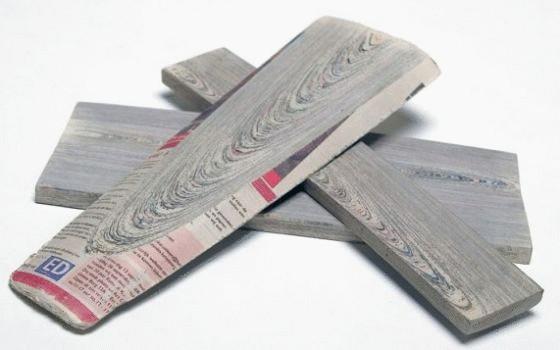
As a student at Design Academy Eindhoven, Mickey Meyer wondered, what is the use of find urban waste. Especially he was revolted not sold yesterday's Newspapers-for their creation was to cut down trees and destroyed the ecosystem some green corner of the planet, but printed news is already "obsolete" and the next day nobody wants! Therefore, the young inventor started a series of experiments with a stack of Newspapers he was looking for the best way to bond them together in a way to get reminiscent of the wood material.
Brainstorm Mickey Meyer was interested in the Studio "Vij5" Dutch designers Arjan van Readsave (Arian van Raadshooven) and Anika Branderhorst (Anieke Branderhorst) decided to help the novice designer to implement his bold concept. This, of course, requires not only talent, but a certain production capacity, and marketing skills that are critical in the era of globalization. So the team began to look for solutions to make from "trash" a viable product on the market.
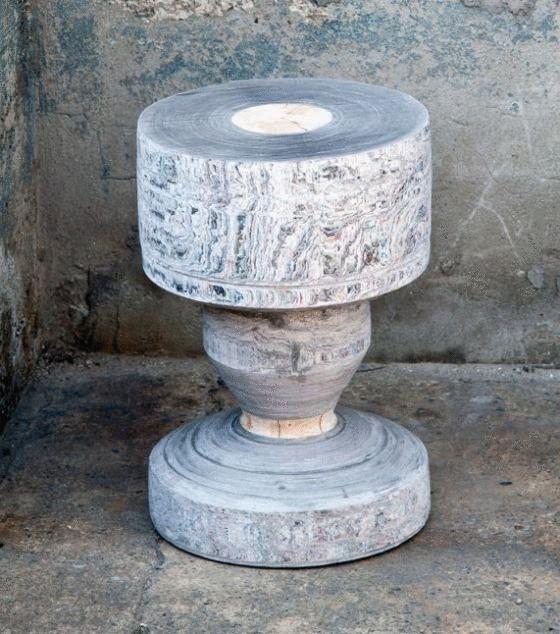
Despite its apparent simplicity, "NewspaperWood" turned out to be a very tedious process, because the designers wanted to create not just any Board durable and aesthetic material that imitates the characteristic pattern of the wood. So a sheet of newspaper to glue not stack, and under bizarre twists, and then put under the press. The glue used is organic, without solvents and plasticizers. This, however, makes the processing of this "wood" is more complex, but the process of its creation have recycling!
The finished product is not only environmentally friendly and safe for humans, but can be used as any other type of wood can be cut, milled, sanded, lacquered if desired. However, the most advantageous furniture from the "NewspaperWood" looks without coloring because the main focus of the designers doing it on the invoice.

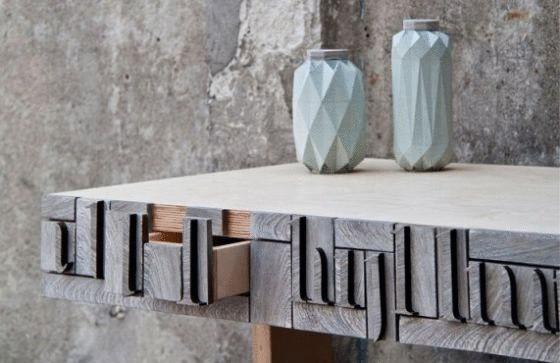
Source: /users/104
In the twentieth century, Newspapers gradually began to evolve because of the emergence of radio (in the 1920s) and television (1950-ies). And with the invention of the Internet, where left a significant portion of the ads, the Newspapers moved to a tabloid format. Smaller pages are easier to read, and paper consumption has decreased. To date, however, its production remains one of one of the most "insatiable" fighters of forests, and the role of the daily press in this process cannot be underestimated. Even today, Western Africa, Madagascar and South Asia have lost around 90% of their coastal tropical forest. In South America this figure reached 40%, and environmentalists warn that with such a rate of deforestation of humid forests of the tropics will disappear in less than 100 years.


As a student at Design Academy Eindhoven, Mickey Meyer wondered, what is the use of find urban waste. Especially he was revolted not sold yesterday's Newspapers-for their creation was to cut down trees and destroyed the ecosystem some green corner of the planet, but printed news is already "obsolete" and the next day nobody wants! Therefore, the young inventor started a series of experiments with a stack of Newspapers he was looking for the best way to bond them together in a way to get reminiscent of the wood material.
Brainstorm Mickey Meyer was interested in the Studio "Vij5" Dutch designers Arjan van Readsave (Arian van Raadshooven) and Anika Branderhorst (Anieke Branderhorst) decided to help the novice designer to implement his bold concept. This, of course, requires not only talent, but a certain production capacity, and marketing skills that are critical in the era of globalization. So the team began to look for solutions to make from "trash" a viable product on the market.

Despite its apparent simplicity, "NewspaperWood" turned out to be a very tedious process, because the designers wanted to create not just any Board durable and aesthetic material that imitates the characteristic pattern of the wood. So a sheet of newspaper to glue not stack, and under bizarre twists, and then put under the press. The glue used is organic, without solvents and plasticizers. This, however, makes the processing of this "wood" is more complex, but the process of its creation have recycling!
The finished product is not only environmentally friendly and safe for humans, but can be used as any other type of wood can be cut, milled, sanded, lacquered if desired. However, the most advantageous furniture from the "NewspaperWood" looks without coloring because the main focus of the designers doing it on the invoice.


Source: /users/104
How to choose a sausage. The harmful effects of sausage on the body
The first meet the parents. How to behave?
